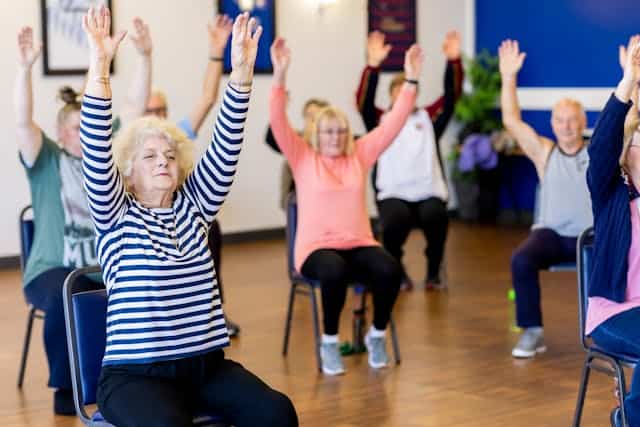
Impact of habitual sedentary patterns on popliteal artery endothelial-dependent vasodilation in healthy adults
March 16, 2022
Levels and Correlates of Objectively Measured Sedentary Behaviour in Young Children SUNRISE Study Results from 19 Countries
April 1, 2022A paper titled “Modelling the potential health and economic benefits of reducing population sitting time in Australia” has recently been published in the International Journal of Behavioral Nutrition and Physical Activity. The full-text article is available here (open access). Citation details and the summary of the paper are re-posted below.
Citation
Nguyen, P., Ananthapavan, J., Tan, E.J. et al. Modelling the potential health and economic benefits of reducing population sitting time in Australia. Int J Behav Nutr Phys Act 19,28 (2022). https://doi.org/10.1186/s12966-022-01276-2
Abstract
Background
Strong evidence indicates that excessive time spent sitting (sedentary behaviour) is detrimentally associated with multiple chronic diseases. Sedentary behaviour is prevalent among adults in Australia and has increased during the COVID-19 pandemic. Estimating the potential health benefits and healthcare cost saving associated with reductions in population sitting time could be useful for the development of public health initiatives.
Methods
A sedentary behaviour model was developed and incorporated into an existing proportional, multi-state, life table Markov model (ACE-Obesity Policy model). This model simulates the 2019 Australian population (age 18 years and above) and estimates the incidence, prevalence and mortality of five diseases associated with sedentary behaviour (type 2 diabetes, stroke, endometrial, breast and colorectal cancer). Key model inputs included population sitting time estimates from the Australian National Health Survey 2014–2015, healthcare cost data from the Australian Institute of Health and Welfare (2015) and relative risk estimates assessed by conducting literature reviews and meta-analyses. Scenario analyses estimated the potential change in disease incidence as a result of changes in population sitting time. This, in turn, resulted in estimated improvements in long term health outcomes (Health-adjusted life years (HALYs)) and healthcare cost-savings.
Results
According to the model, if all Australian adults sat no more than 4 h per day, the total HALYs gained would be approximately 17,211 with health care cost savings of approximately A$185 million over one year. Under a more feasible scenario, where sitting time was reduced in adults who sit 4 or more hours per day by approximately 36 min per person per day (based on the results of the Stand Up Victoria randomised controlled trial), potential HALYs gained were estimated to be 3,670 and healthcare cost saving could reach A$39 million over one year.
Conclusions
Excessive sedentary time results in considerable population health burden in Australia. This paper describes the development of the first Australian sedentary behaviour model that can be used to predict the long term consequences of interventions targeted at reducing sedentary behaviour through reductions in sitting time. These estimates may be used by decision makers when prioritising healthcare resources and investing in preventative public health initiatives.




